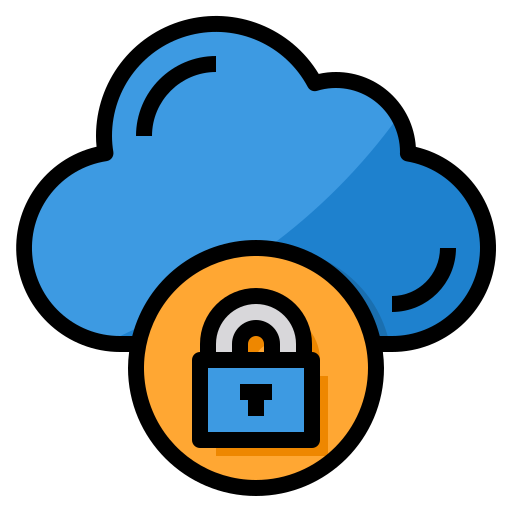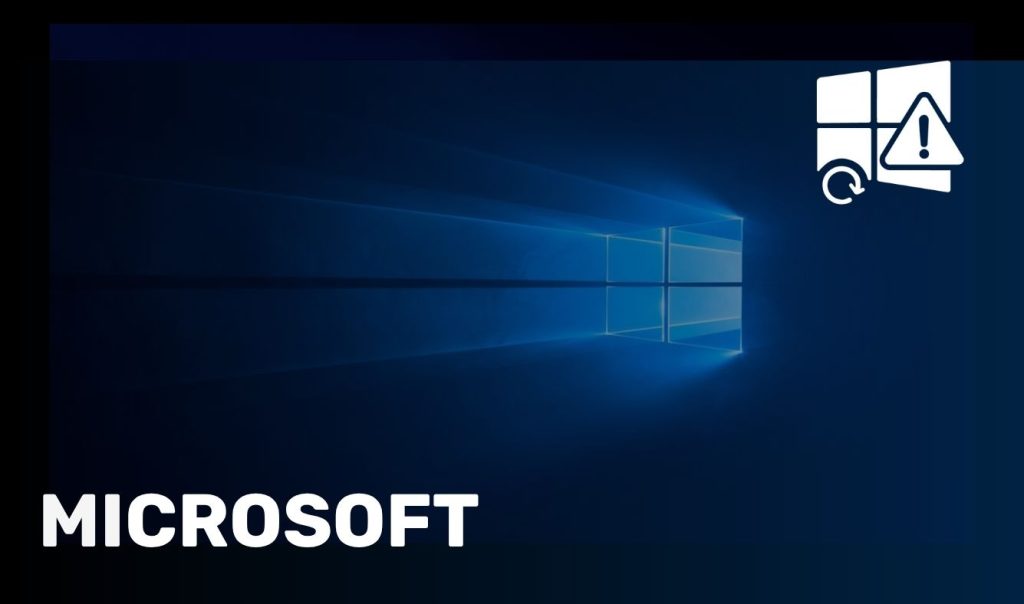As organisations increasingly adopt cloud services to store, process, and manage their data, cloud security remains a critical concern. With evolving cyber threats and more complex cloud environments, maintaining strong security practices is essential to protect sensitive data and prevent unauthorised access.
This blog by Creative Networks will cover the Top Cloud Security Best Practices for 2025, from identity management and encryption to continuous monitoring and compliance measures, ensuring that your cloud environment stays secure in a rapidly changing landscape.

Best Practices for Cloud Security in 2025
1. Strengthen Identity and Access Management (IAM)
Identity and Access Management (IAM) is a critical first layer in cloud security, ensuring that only authorized users have access to the cloud resources they need to perform their jobs. Robust IAM controls prevent unauthorized access and limit the potential for data breaches.
Best Practices for IAM:
- Multi-Factor Authentication (MFA): Require MFA for all user accounts to add an extra layer of protection.
- Role-Based Access Control (RBAC): Implement RBAC to limit user access based on their roles, ensuring users can only access the resources necessary for their work.
- Single Sign-On (SSO): Use SSO to streamline access management while maintaining control over identity verification.
- Regular Access Reviews: Conduct periodic audits to verify that permissions remain aligned with users’ current roles, removing unnecessary privileges.
2. Encrypt Data at All Stages
Encryption is essential for protecting data within cloud environments, ensuring it remains unreadable to unauthorised users whether it’s being stored, transferred, or processed. With growing risks of data breaches, encryption has become a must-have security measure.
Best Practices for Data Encryption:
- Data at Rest: Encrypt data stored in the cloud using advanced encryption algorithms such as AES-256 to safeguard information against unauthorized access.
- Data in Transit: Use SSL/TLS encryption for data transmission between cloud services, networks, and users to prevent interception.
- Encryption Key Management: Securely manage encryption keys through key management services (KMS) or hardware security modules (HSMs). Limit access to keys and regularly rotate them to ensure maximum security.
3. Implement Network Security Measures
Securing cloud networks helps prevent unauthorised access, data breaches, and other malicious activities. Network security in the cloud requires segmentation, monitoring, and threat detection to detect suspicious activity before it escalates.
Best Practices for Cloud Network Security:
- Virtual Private Cloud (VPC): Set up a VPC to isolate and segment cloud resources, restricting unauthorized access to sensitive data.
- Network Segmentation: Use network segmentation to separate high-risk environments from sensitive assets, reducing the risk of lateral movement if a breach occurs.
- Intrusion Detection and Prevention Systems (IDPS): Deploy IDPS to monitor network traffic for unusual activity and prevent potential attacks.
- Web Application Firewall (WAF): Use WAFs to protect web applications from threats such as SQL injection, cross-site scripting, and other application-level attacks.
4. Adopt a Zero Trust Security Model
The Zero Trust model is based on the principle of “never trust, always verify.” This approach assumes that threats can come from both outside and within the organization and requires strict identity verification for any individual or device attempting to access cloud resources.
Key Components of Zero Trust:
- Micro-Segmentation: Divide the network into smaller segments and restrict access to specific resources to minimize the attack surface.
- Continuous Verification: Continuously verify user identities through multi-factor authentication and behavioral analytics.
- Least Privilege Access: Limit user permissions to only what is necessary for their role, and regularly review access controls to ensure they remain relevant.
5. Ensure Strong Configuration Management
Misconfigurations in the cloud can leave critical data exposed to the internet, leading to costly data breaches. Strong configuration management practices ensure that cloud resources are properly set up and secure by default.
Best Practices for Configuration Management:
- Use Automated Configuration Tools: Tools like AWS Config, Azure Policy, and Google Cloud Configuration can monitor and enforce security configurations across your cloud environment.
- Enable Logging and Monitoring: Enable logs such as AWS CloudTrail, Azure Monitor, and Google Cloud Logging to track changes in configuration and identify potential security risks.
- Conduct Regular Audits: Regularly review cloud configurations to ensure compliance with security policies and identify any unauthorized changes.
- Implement Default Deny Policies: Set strict default access policies, such as “deny by default” for public access, to reduce exposure to unauthorised users.

6. Monitor and Respond to Threats in Real-Time
Continuous monitoring and threat detection in cloud environments are essential for identifying potential security incidents before they cause damage. By leveraging Security Information and Event Management (SIEM) tools, organizations can detect, investigate, and respond to threats in real-time.
Best Practices for Threat Detection and Response:
- Implement SIEM Tools: Use SIEM solutions like Splunk, IBM QRadar, or Azure Sentinel to aggregate, analyze, and respond to security data.
- Establish an Incident Response Plan (IRP): Develop an IRP tailored to your cloud environment, detailing steps for detecting, containing, and mitigating cloud security incidents.
- Set Up Automated Alerts: Configure alerts for unusual activity, such as login attempts from new locations, failed login attempts, or unexpected data transfers.
- Use Threat Intelligence Feeds: Integrate threat intelligence feeds to stay updated on emerging threats relevant to your cloud environment.
7. Regular Vulnerability Scanning and Penetration Testing
Vulnerability scanning and penetration testing are proactive approaches to identify and address security weaknesses before they can be exploited by attackers. Regular testing ensures that security gaps are identified and mitigated quickly.
Best Practices for Vulnerability Management:
- Automated Vulnerability Scanning: Use tools like Tenable.io, Qualys, and Rapid7 to conduct regular scans and identify known vulnerabilities in your cloud environment.
- Conduct Penetration Testing: Schedule periodic penetration tests to simulate real-world attacks and gain insights into potential vulnerabilities that might be overlooked by automated scans.
- Patch Management: Implement a patch management process to address vulnerabilities promptly, keeping cloud environments up to date with security patches.
8. Manage Third-Party and API Security
Many cloud services rely on integrations with third-party applications and APIs, which can introduce security risks. Properly managing third-party and API security ensures that these external connections do not become vectors for attacks.
Best Practices for API and Third-Party Security:
- Secure APIs: Use OAuth, API gateways, and rate limiting to secure API access and prevent unauthorized use.
- Review Vendor Security: Assess the security posture of third-party vendors and ensure that they comply with your organization’s security standards.
- Monitor API Activity: Use logging and monitoring tools to track API activity, alerting on unusual or unauthorized access.
- Establish Contracts for Data Protection: Include data protection clauses in contracts with third-party vendors to outline their responsibilities for safeguarding your data.
9. Ensure Compliance with Security Regulations
Cloud compliance is an ongoing process, and organizations must ensure they meet industry and regulatory standards. Compliance with security regulations demonstrates a commitment to protecting data and helps avoid legal and financial repercussions.
Key Compliance Practices:
- Map Cloud Resources to Compliance Requirements: Identify applicable regulations (e.g., GDPR, HIPAA, PCI-DSS) and map your cloud resources to ensure they meet these standards.
- Use Compliance Tools: Many cloud providers offer compliance tools to simplify meeting regulatory requirements, such as AWS Artifact, Azure Compliance Manager, and Google Cloud Compliance Reports.
- Maintain Documentation: Regularly document your compliance activities to demonstrate adherence to regulations during audits.
- Conduct Regular Audits: Schedule periodic compliance audits to ensure ongoing adherence to security and privacy regulations in the cloud.
10. Educate and Train Employees on Cloud Security
Employees are often the first line of defense in any security strategy. Regular training and awareness programs help employees understand the security risks associated with cloud environments and how to prevent unauthorised access.
Best Practices for Security Awareness:
- Regular Training Programs: Conduct cloud security training sessions that cover topics like safe data handling, phishing prevention, and secure access practices.
- Security Policies and Procedures: Ensure all employees understand cloud security policies, including acceptable use, data handling, and incident response protocols.
- Phishing Simulations: Run phishing simulations to test employee response and strengthen their ability to identify malicious emails and links.
A Holistic Approach to Cloud Security
Securing your Cloud environment in 2025 requires a layered, proactive approach that incorporates the latest security practices. By implementing these best practices—such as strong IAM controls, encryption, regular monitoring, and employee training—your organisation can reduce the risk of data breaches, maintain regulatory compliance, and prevent unauthorised access to cloud-stored data.
Need help securing your cloud environment?
At Creative Networks, we specialise in tailored cloud security solutions that fit your organization’s needs. Contact us today to ensure your data stays protected in the cloud.




